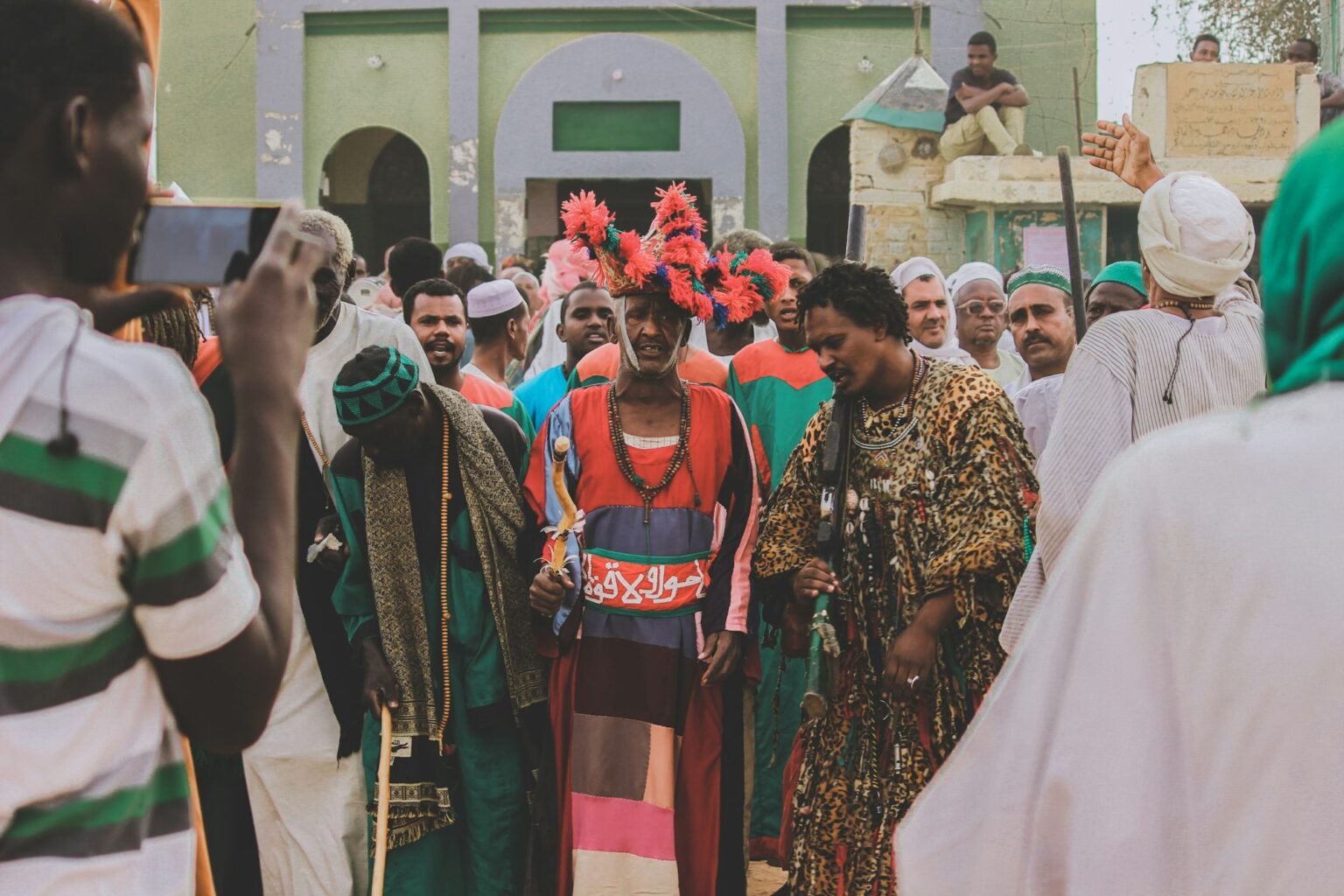LAGOS, NIGERIA- Africa is experiencing rapid population growth that’s shaping its future, with a mix of both opportunities and challenges. More people means more ideas, potential workers, and consumers, but it also means there’s a greater need for resources, infrastructure, and services. This list looks at the top 10 African countries with the fastest-growing populations in 2024, highlighting how these demographic changes affect their societies and economies.
10. Zambia
Growth Rate: 2.83%
Zambia’s population is expanding steadily, driven by high birth rates and a youthful demographic. Nearly half of Zambia’s population is under 15, which means the country’s future population will likely grow even faster. Economic development initiatives, particularly in mining, agriculture, and tourism, provide potential for growth, but this rapid population increase calls for further investments in education and healthcare to support the young population.
9. Mali
Growth Rate: 3.09%
With a growth rate of 3.09%, Mali’s population is increasing despite ongoing challenges related to security and economic development. High fertility rates are common, and many families have several children, contributing to a larger youth population. Mali’s government is working to improve access to healthcare and education, which could help manage the demands of a growing population and provide a stronger foundation for economic stability.
8. Chad
Growth Rate: 3.01%
Chad’s growth rate stands at 3.01%, and like many countries on this list, it has a predominantly young population. Although Chad faces challenges such as limited infrastructure and access to resources, its rich oil reserves and agricultural potential could create economic opportunities. Addressing the basic needs of its rapidly growing population remains a priority, as Chad’s government continues to invest in healthcare and education.
7. Democratic Republic of the Congo (DRC)
Growth Rate: 3.11%
The DRC, Africa’s second-largest country by area, is growing at a rate of 3.11%. With a population exceeding 95 million, the DRC has abundant natural resources, including minerals, timber, and fertile land. However, it also faces challenges like political instability and inadequate infrastructure. The DRC’s youth-driven population growth provides opportunities for workforce expansion, but it also underscores the need for development in education, healthcare, and governance.
6. Uganda
Growth Rate: 3.18%
Uganda has a growth rate of 3.18%, with a youthful population where over 75% of Ugandans are under 30. The government has recognized the need to harness this youth potential, focusing on education and skill development to prepare young people for the workforce. Uganda’s population increase, driven by high fertility rates and a strong cultural emphasis on family, creates both opportunities and challenges as the country works to accommodate the needs of its citizens.
5. Equatorial Guinea
Growth Rate: 3.23%
Despite its small size, Equatorial Guinea’s population is growing rapidly at 3.23%. Economic development fueled by oil and natural gas has attracted both internal and external migration, contributing to this growth. Equatorial Guinea is making efforts to diversify its economy, which could provide more opportunities for its expanding population. The country’s challenge lies in balancing economic growth with improvements in social infrastructure, including education and healthcare.
4. Benin
Growth Rate: 3.29%
Benin has seen its population grow by 3.29%, driven by high birth rates and improving healthcare. The government has prioritized efforts to boost healthcare services and reduce infant mortality, both of which contribute to population growth. Benin’s growing population presents opportunities for economic growth, particularly in sectors like agriculture and trade. However, the government will need to address the demand for improved education, job opportunities, and healthcare services to support this growing population.
3. Angola
Growth Rate: 3.33%
Angola’s growth rate of 3.33% is partly due to a high fertility rate, with an average of over five children per woman. Angola has vast natural resources, including oil and diamonds, which contribute to its economic stability. However, the nation faces challenges in extending healthcare and education services to its rapidly growing population. With nearly two-thirds of Angolans under the age of 25, the government aims to improve youth employment opportunities, which are crucial to maintaining social and economic stability.
2. Niger
Growth Rate: 3.66%
Niger’s growth rate of 3.66% ranks it among the world’s fastest-growing populations. Known for its high fertility rate, Niger has an average of seven children per woman, one of the highest in the world. The country faces numerous challenges, including limited resources and the need for better healthcare and education. Niger’s government, along with international organizations, is focusing on programs to improve maternal and child health as well as education to manage the demands of this young and rapidly growing population.
1. South Sudan
Growth Rate: 4.65%
South Sudan tops the list with a growth rate of 4.65%. Despite facing significant economic and political challenges, South Sudan’s high fertility rate contributes to its rapid population increase. The country’s youthful demographic represents hope for a brighter future, but the government faces the challenge of providing adequate education, healthcare, and infrastructure. With support from international aid organizations, South Sudan aims to build the foundations needed to sustain its growing population and create pathways for economic development.
https://www.africanexponent.com/top-10-countries-in-africa-with-the-fastest-growing-populations-in-2024/


